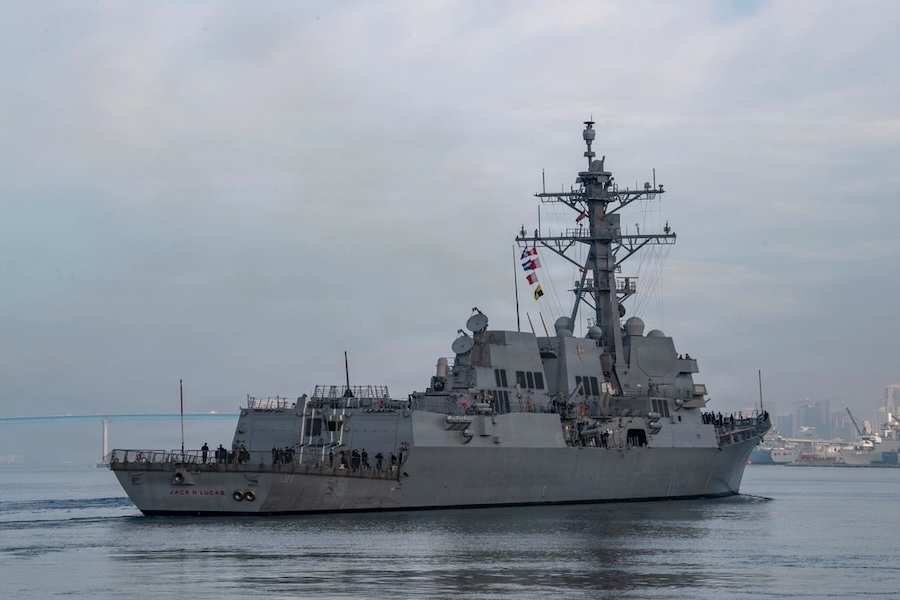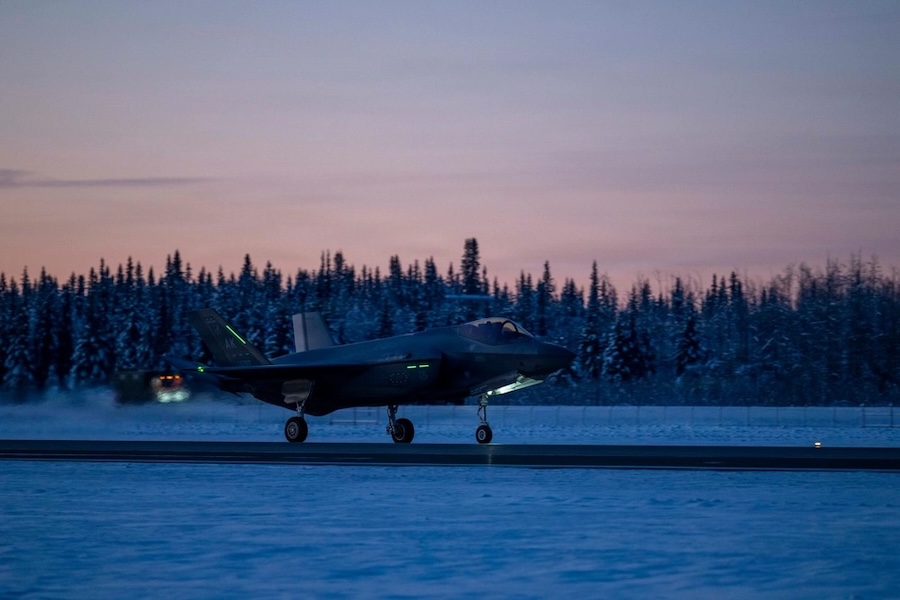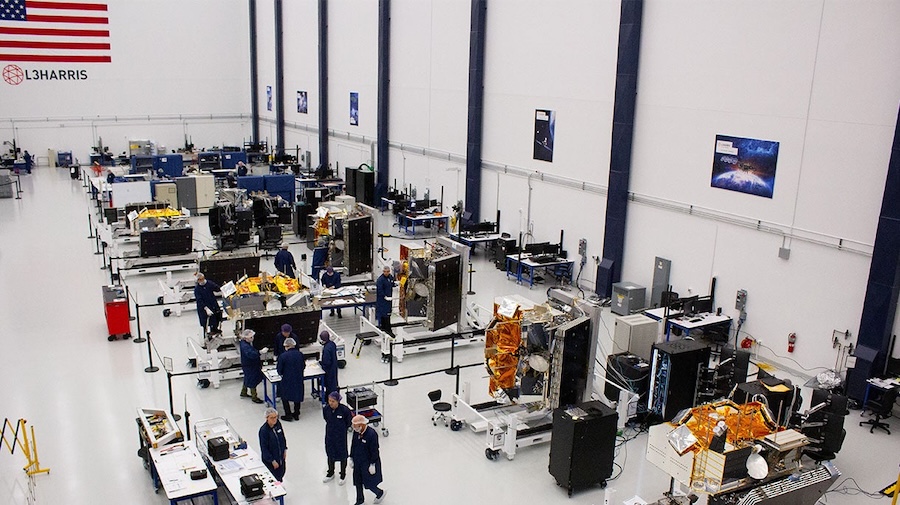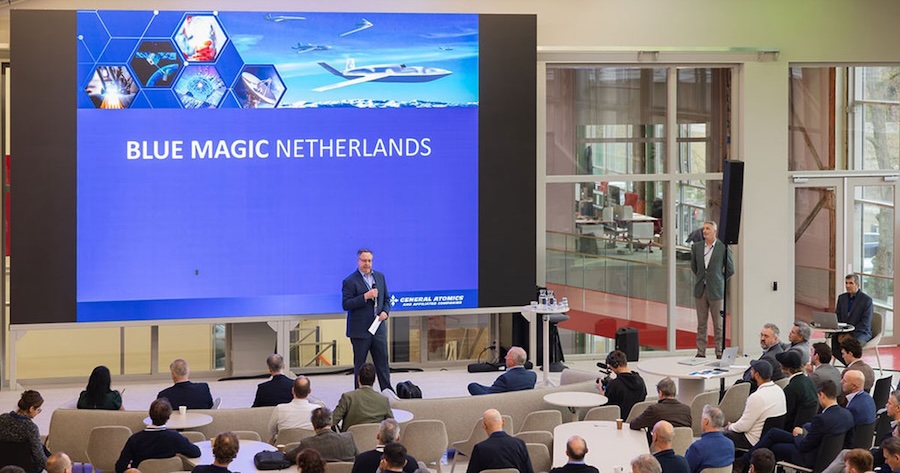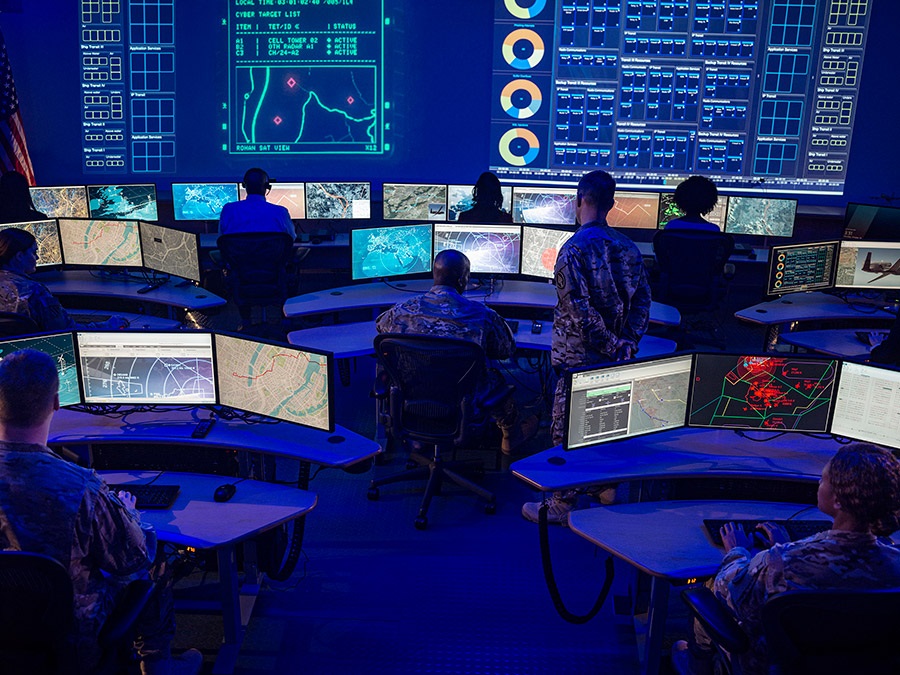“In this exercise, we tested distributed command and control across all three locations,” said U.S. Air Force Capt. Nick Waterman, the exercise control group lead. “In addition to that, we tested multi-modal movement and manoeuvre and communications back and forth between each force element under EMCON (Electromagnetic Emission Control).”
The exercise unfolded in three phases: initial mobilisation at Ramstein, forward deployments to Chièvres and Hohenfels, and training of teams under simulated contested conditions. Each location had a specific role in evaluating the group’s readiness and ability to operate independently with minimal guidance.
“Favourable takeaways from this exercise were the ability to operate away from the main base with minimal guidance from the hub (Ramstein AB),” said MSgt. Jesse Williams, operations superintendent and CRT chief white cell at Chièvres AB. “Our teams were able to make decisions and risk assessments without the typical support and guidance from a larger force element.”
At Chièvres, the team operated an aerial port that supported simulated humanitarian relief, along with landing zone and drop zone operations in coordination with the 37th Airlift Squadron. Real-time aircraft updates and visual reports were relayed to theatre commanders, enhancing situational awareness and mission coordination.
In Hohenfels, the CRT began with an airborne insertion of personnel and equipment into a designated drop zone. The Airfield Assessment and Survey Team (AAST) and Phoenix First-In Security Team (FIST) established an expeditionary airfield for joint operations with the U.S. Army, including sling load, small unmanned aerial systems, casualty evacuation, and air assault training.
The exercise also included opposing force training, sharpening the team’s ability to respond to real-world threats with rapid decision-making under pressure. “Training like this is extremely important for this type of force element… because they can be one of the first ones to the fight,” said Capt. Waterman.
He added that learning to “survive and operate on their own with minimal support” and exercising tactical-level decision-making were key for future mission planning. Williams also stressed the value of comprehensive planning: “Mission planning is key, understanding task and purpose… so that they execute the mission effectively.”
Agile Bison also featured multinational cooperation with the Royal Canadian Air Force (RCAF), which integrated five personnel into the exercise. “Canada and the U.S. regularly train and operate together, reinforcing our long-standing military partnership,” said RCAF Maj. Alissa Quartermain.
RCAF members supported mission planning at Ramstein, assisted CRT activities at Chièvres, and contributed to airfield assessments at Hohenfels. “These efforts enhance operational readiness, build mutual trust and understanding and help us prepare for contingency operations,” Quartermain added.
Throughout the exercise, the CR Element at Ramstein served as the command and control hub, managing mission planning and enabling real-time decision-making. “(The) biggest key takeaway from all three locations was communication,” Waterman concluded.
Source: Ramstein Air Base.


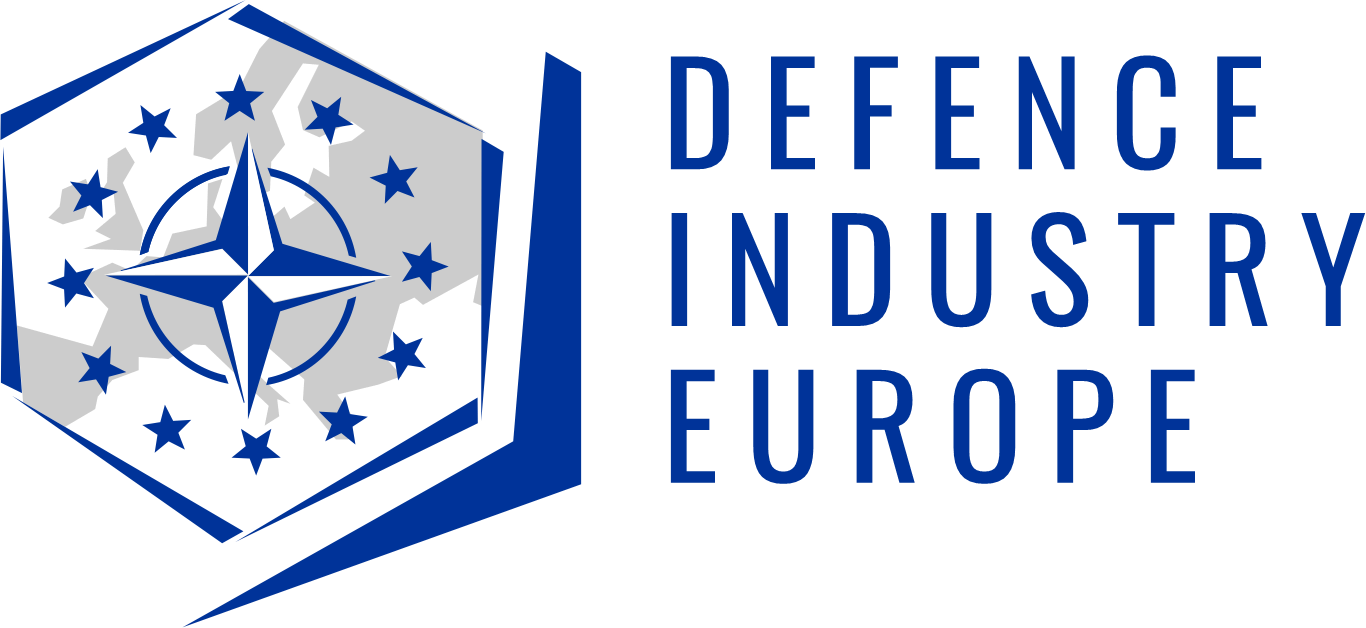
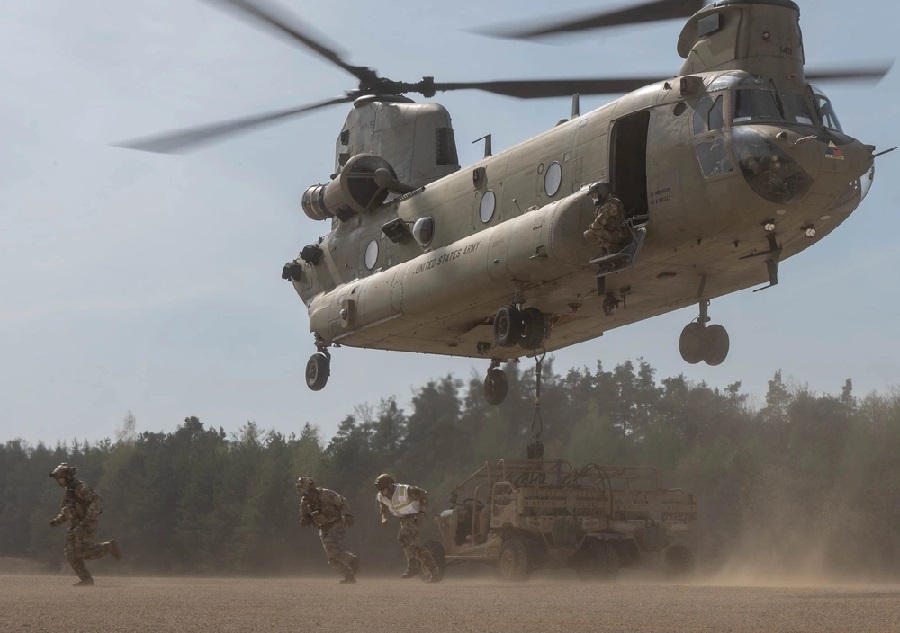





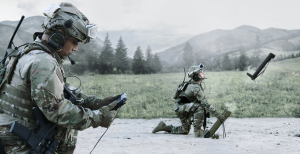
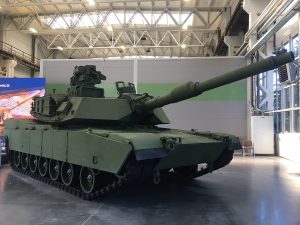
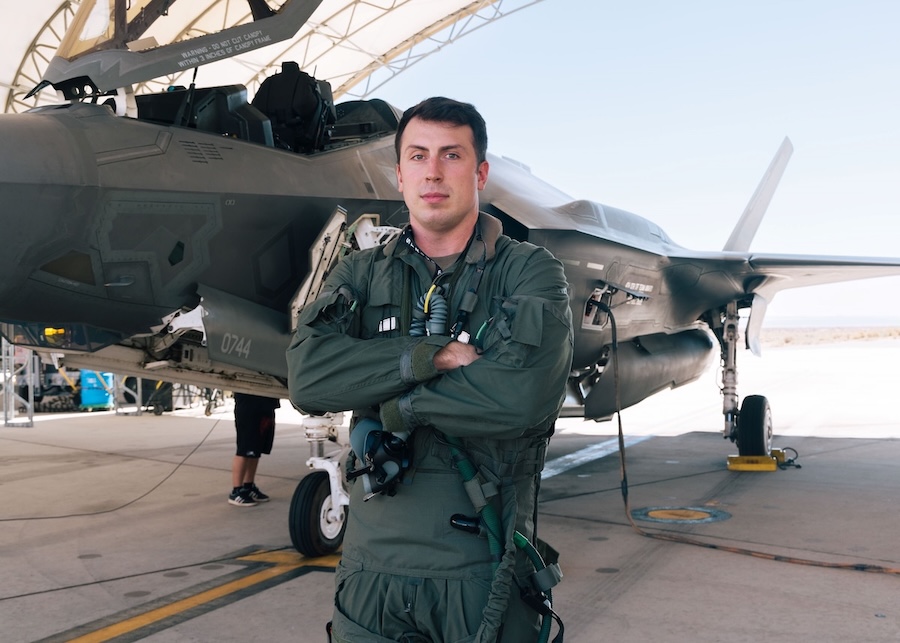
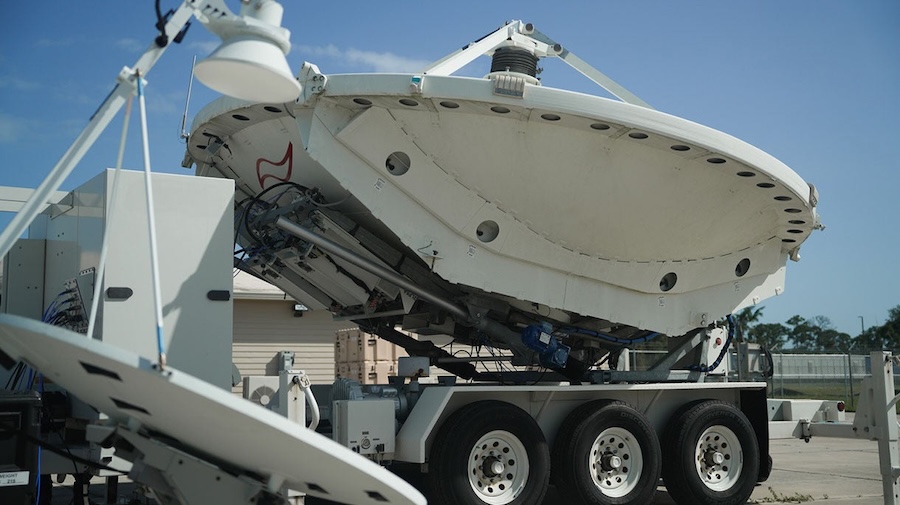
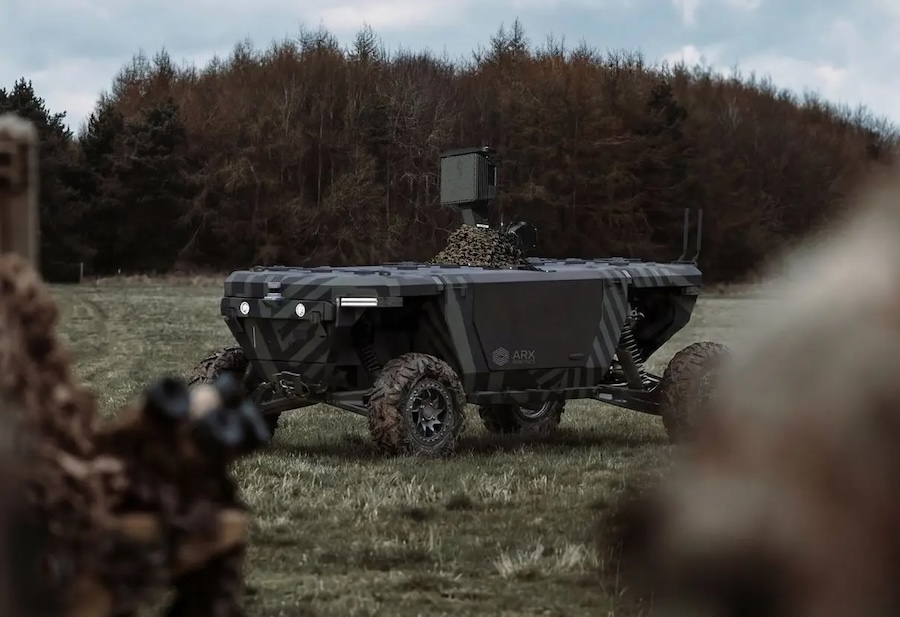


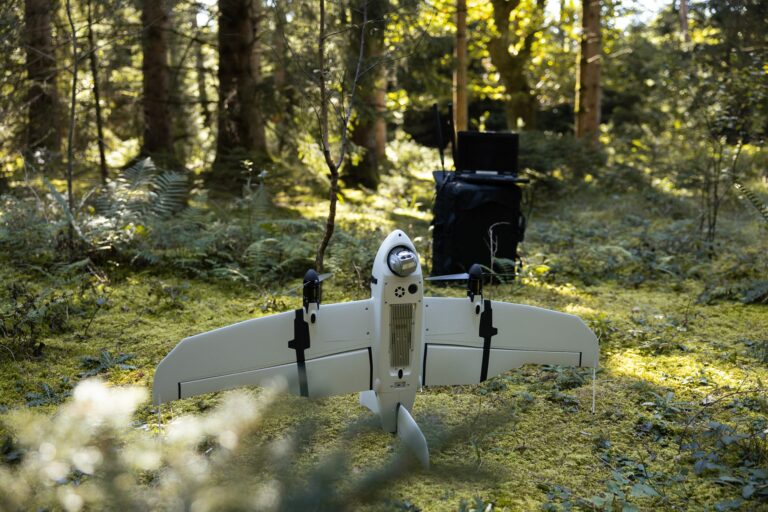


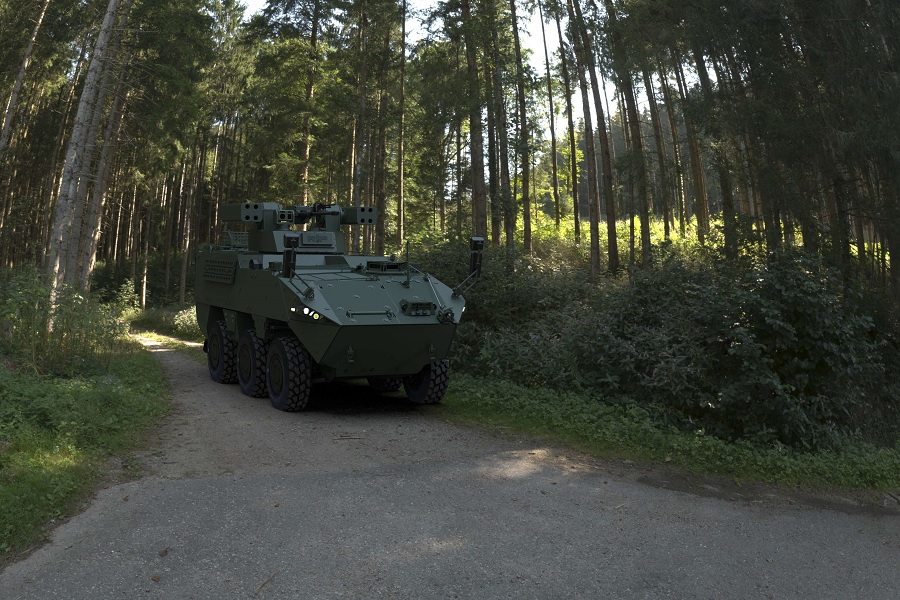
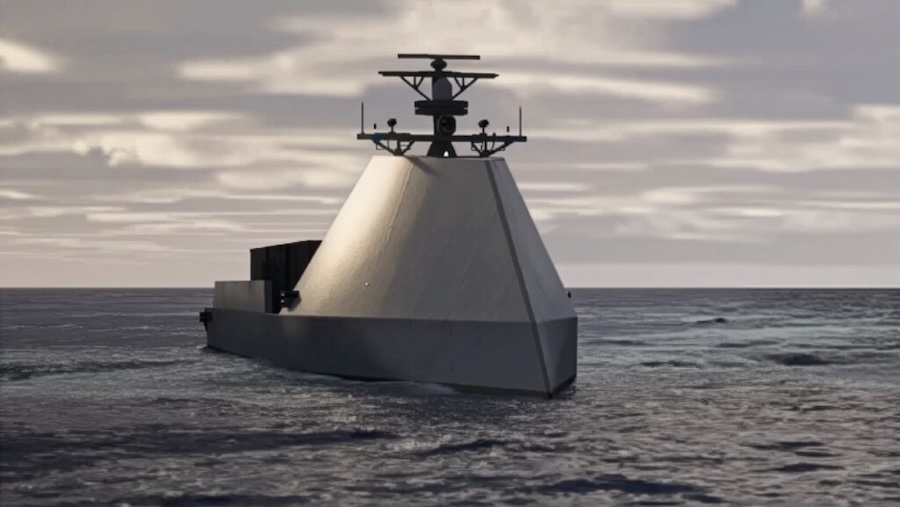

![Auterion conducts first multi-manufacturer hybrid drone swarm strike demonstration [VIDEO]](https://defence-industry.eu/wp-content/uploads/2025/09/Auterion-secures-130-million-to-scale-AI-defence-software-and-transform-drone-warfare.jpg)
